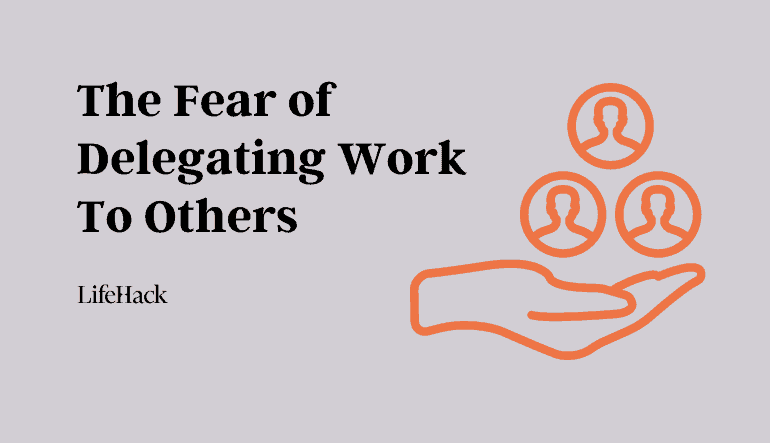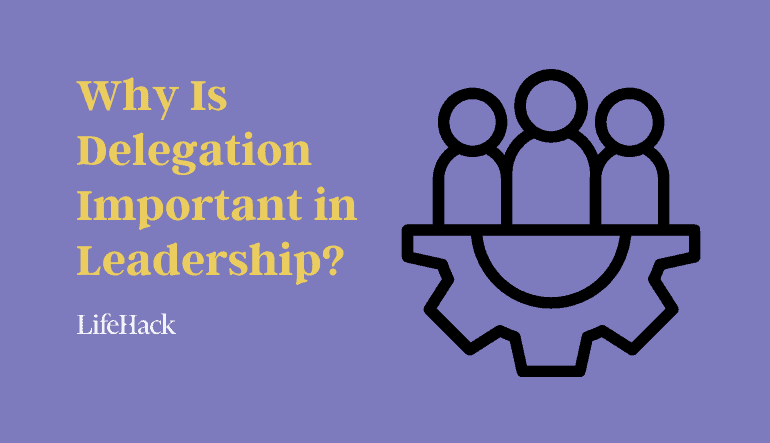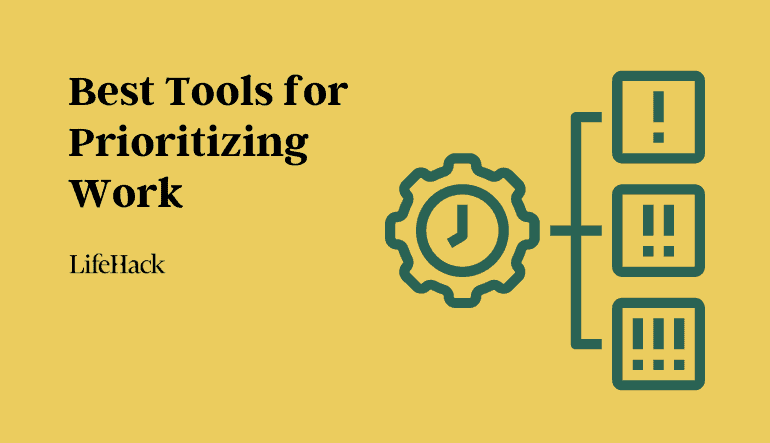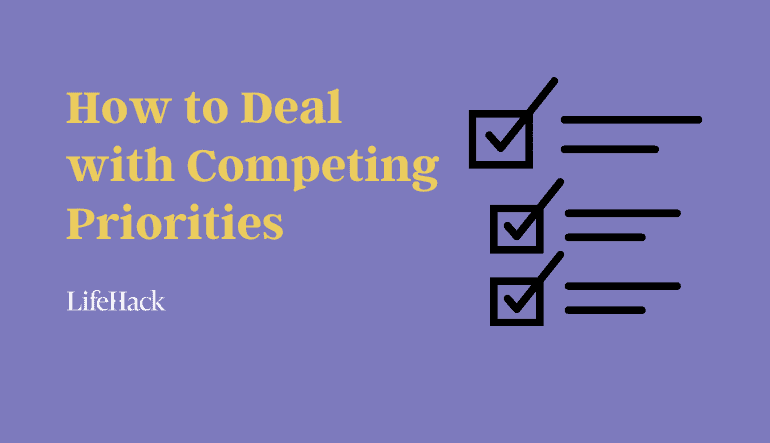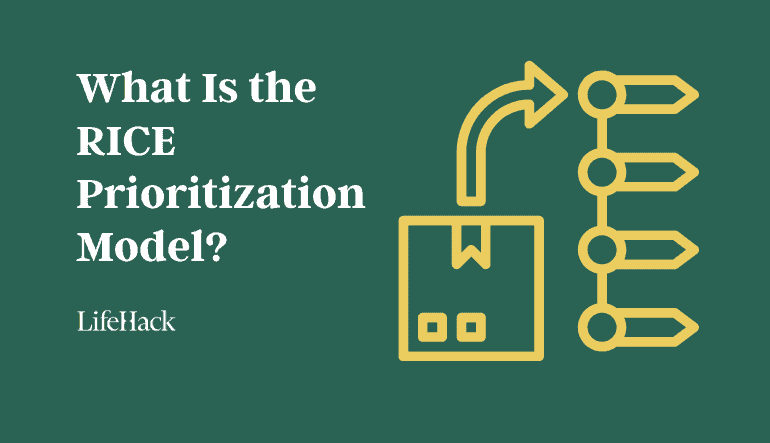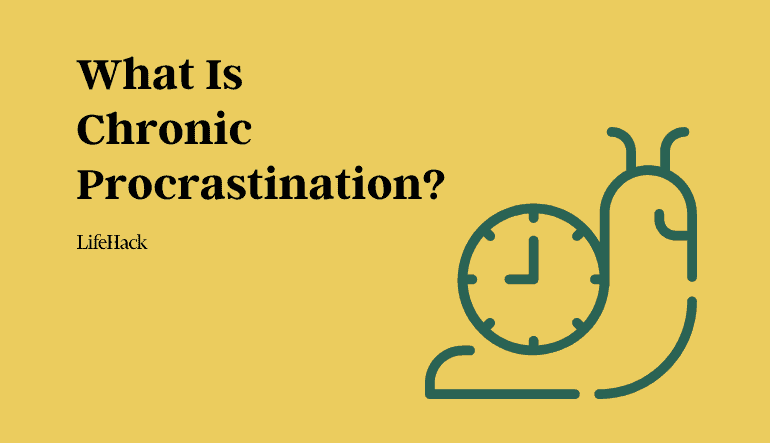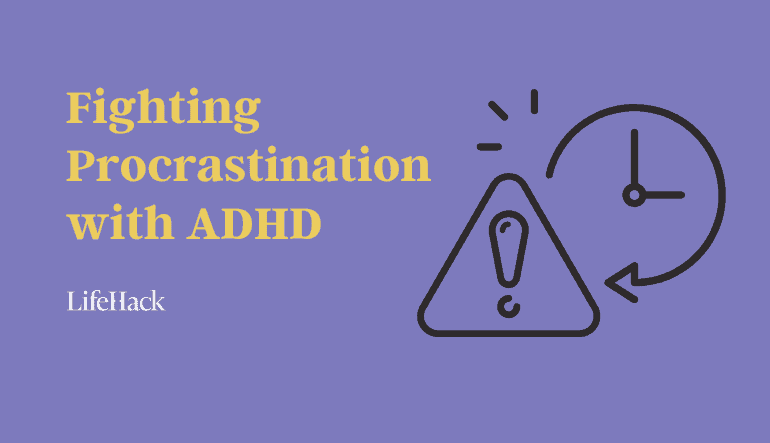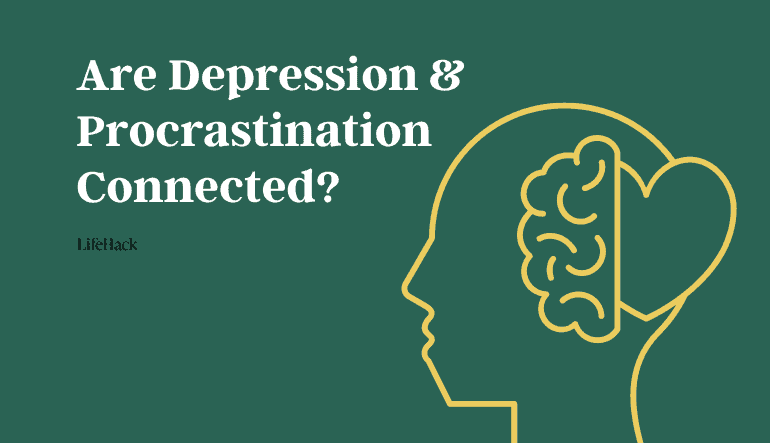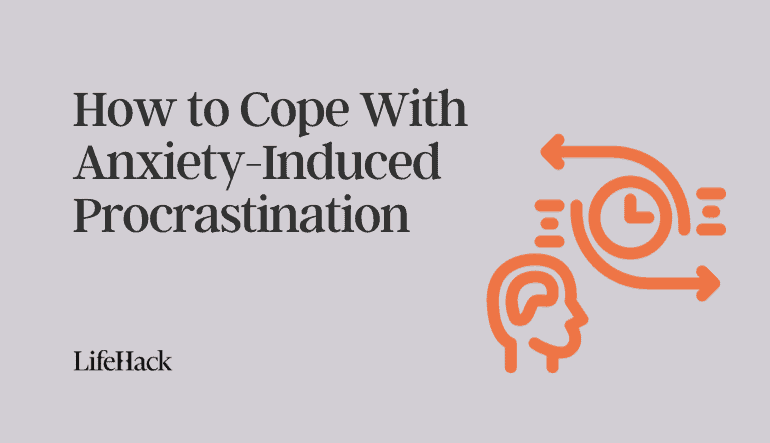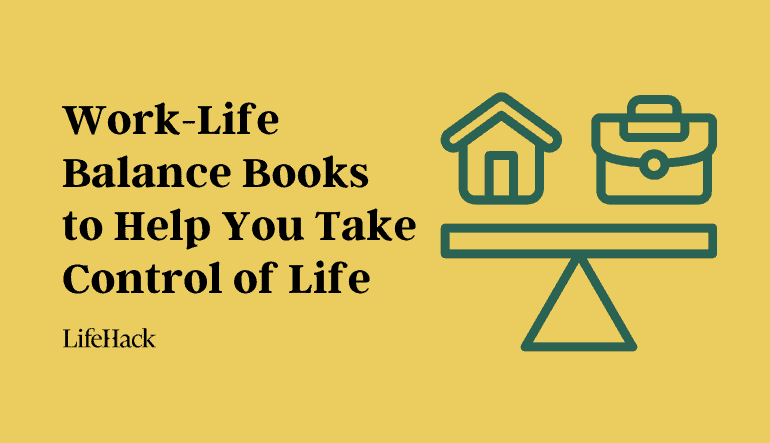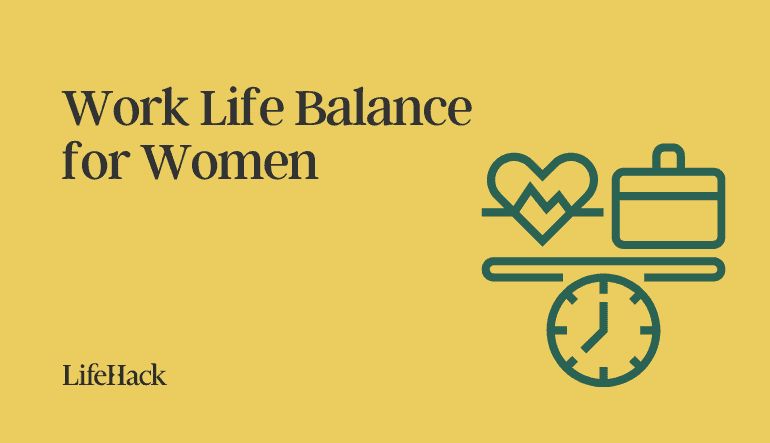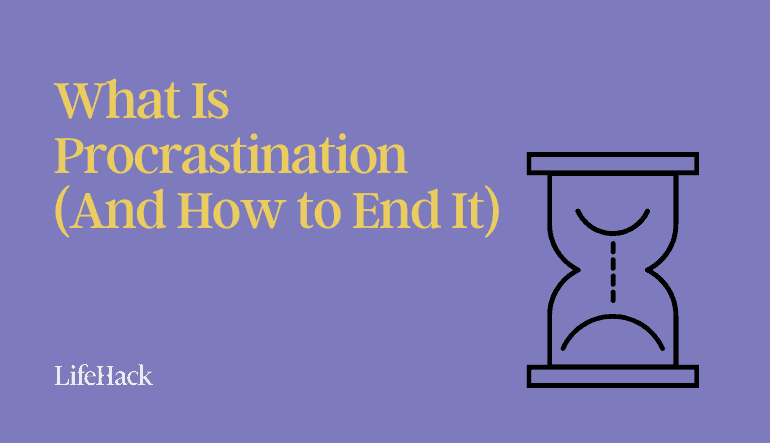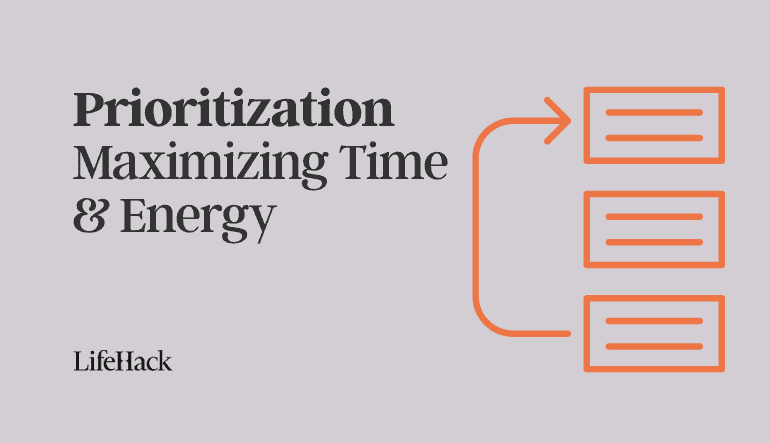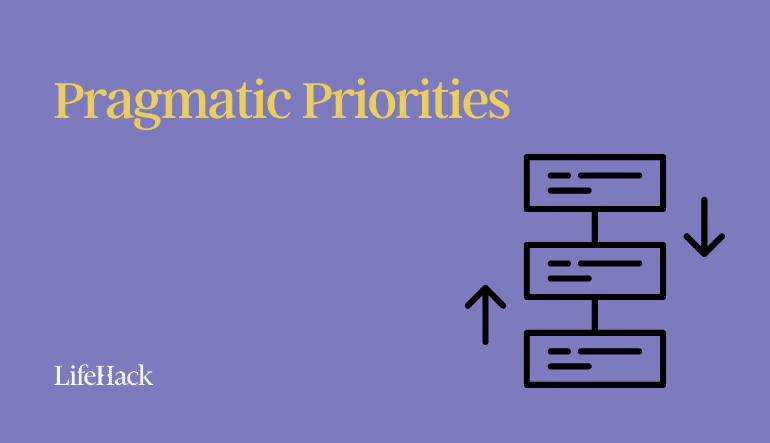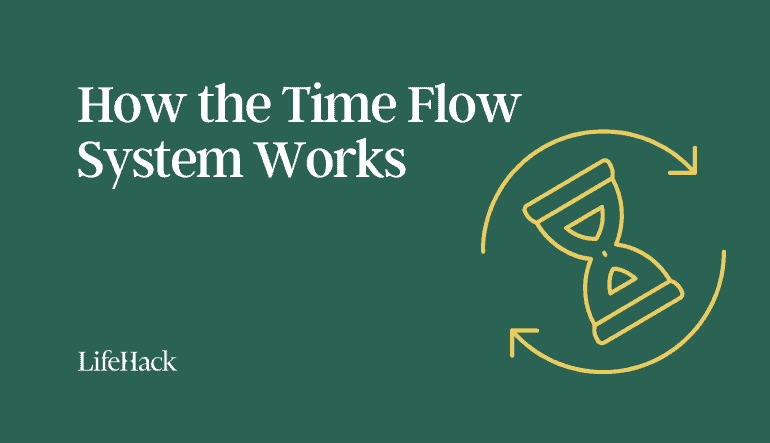Have you ever wanted a relationship to work so badly that you ignore all of the signs of its inevitable decline? Don’t feel bad. While it may seem completely evident to an outsider what they would do in your situation, it’s a totally different situation for the person living it. But since you’re here, you’re probably feeling to need to take a step back and get some perspective on your relationship. That’s good!
Try taking the test below and find out your relationship score:
Grims Questionnaire Of Relationship Satisfaction
Apart from the test, a little soul searching is important in determining whether you are where you need to be in life and what you can do to improve.
Why Do People Settle For Less?
Why would someone settle for someone who doesn’t match who they were looking for in the first place? Well, before continuing, it’s important to note that you’ll NEVER find someone who meets your idyllic image of your perfect partner to the letter.
That being said, you should be happy with the one you’re with. Many people, however, admit that they are indeed settling for a relationship that doesn’t make them truly happy.[1] There are many reasons people find themselves in this predicament.
Here are some examples:
- They’re afraid of being alone. They may feel afraid because they’ve never learned to be on their own, or they may be afraid that they’ll never find anyone else. This is particularly true of people as they get older. One research study recently found that being single was one of the biggest reasons people settle for a less fulfilling relationship.[2]
- They don’t believe they deserve to be happy. This is harder to detect and has to do with self-esteem. If someone doesn’t feel they deserve joy in their life, they may find it difficult to let go of something that’s doing them more harm than good.
- They feel guilty about hurting the other person. This one is hard, especially if the two people really do love each other. Sometimes, even two people are in love, they still just aren’t right for one another.
- They fear losing financial security. This is particularly true if one person is working and the other isn’t. The prospect of losing the security provided by a partner can be frightening, to say the least, if a person has been relying on it for any length of time.
- They have children. Everything gets more complicated with kids in the mix. People know that if they separate after having kids, it affects them too.
Signs You May Be Settling For Less
- You consistently feel like the relationship is hindering you or bringing you down. It may feel like it’s an emotional and physical barrier to everything you wish to be or achieve in life.
- You feel like you can’t be your best with your partner. It’s true that relationships can bring out the best and the worst in people. Hopefully, if the relationship is positive, the rough edges will be smoothed out and you’ll actually grow as a person. If you don’t like who you are when you’re with your partner and nothing you do seems to help, then you may need to move on.
- You’ve been cheated on one or more times. You’d think this one is obvious, but some people are just more understanding than others. If you’re one of those people, and your partner has cheated on you or betrayed you in some other way several times, you’re definitely settling for less than you deserve.
- You find yourself feeling apprehensive at the thought of forever with you partner. You should feel excited, glad, and grateful. If you don’t, they may not be the one for you.
There are many other signs you may be settling. If you feel like maybe you are,
Featured photo credit: Greece via pixabay.com
Reference
| [1] | ^ | Opra.com: Why Do You Settle For Less? |
| [2] | ^ | Journal of Personality and Social Psychology: Settling for less out of fear of being single. |
